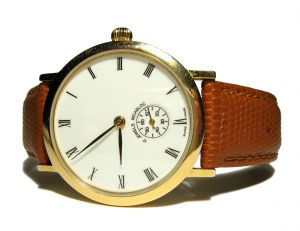The United States Court of Appeals for the Federal Circuit had to determine if JobDiva Inc. (“Appellant” or “JobDiva”) used its trademark JOBDIVA in conjunction with the services registered in its registration, “personnel placement and recruitment services; computer services, namely, providing databases featuring recruitment and employment, employment advertising, career information and resources, resume creation, resume transmittals and communication of responses thereto via a global computer network.” The Court started out by citing the general principle that a registrant must use its mark in accordance with goods and services recited in the trademark registration. For more details pertaining to service marks, see our webpage entitled, What Is A Service Mark And How Can It Be Protected?
The Board summarized the offerings of JobDiva as “Software-as-a-Service”. In other words, JobDiva allows users to access its software over the Internet. By hosting the software remotely, there is no need to download the software onto one’s own personal computer. The Board reviewed dictionary definitions for JobDiva’s services and decided that JobDiva had to show that it was finding and placing people in jobs at other companies. There was evidence in the record via testimony from JobDiva’s CEO that JobDiva’s software performed personnel placement and recruitment functions. After JobDiva presented its evidence, the Board held that it only provided software, and not additional personnel placement and recruitment services. The Board demanded that JobDiva prove it placed clients in jobs independent of the activity performed through the software. The Federal Circuit disagreed with the Board’s approach. See In re JobDiva, Inc., 1122 (Fed. Cir. 2016) [precedential].
The Federal Circuit Court pointed out that a trademark that is used with a web-based offering will require careful analysis to determine whether the offering is a product or a service or potentially both a product and a service. In fact, the Court held that the Board erred in understanding the law when requiring that JobDiva produce evidence that it provided personnel placement and recruitment services independent of the offering of its software. The Court further held that even though a service may be performed by a company’s software, the company may still be rendering a service. See also, On-Line Careline Inc. v. Am. OnLine Inc., 229 F.3d 1080 (Fed. Cir. 2000), where this Court held that AOL used its trademark ONLINE TODAY in connection with services, even though the services were provided by software. In that case, the Federal Circuit recognized that software may be used by companies to provide services. Indeed, a trademark applicant may file a trademark application wherein it identifies both goods and services under the same mark. See 37 C.F.R. §2.86.
 New York Trademark Attorney Blog
New York Trademark Attorney Blog


